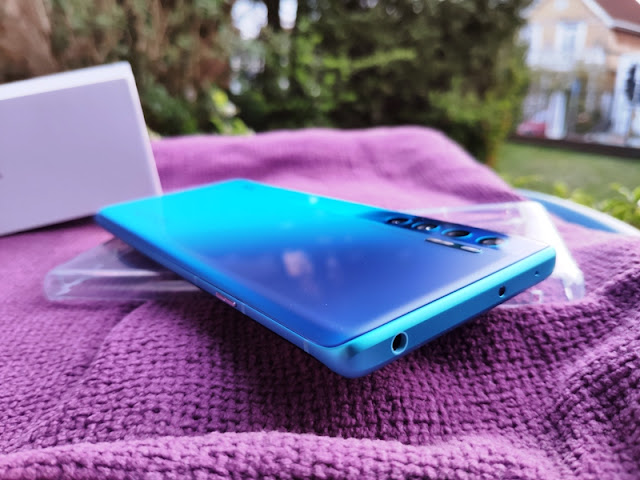
The oneString controller is an open-source USB MIDI ribbon controller that uses Arduino firmware and free open-source drivers, which allows cross-platform between Windows (WIN), Apple (OSX) and LINUX. The oneString is a DIY MIDI ribbon controller based on simple parts that you can easily assemble into cool unique instruments even if you don't have a wood-shop or a plastics prototyping shop. Also, because oneString is USB Powered you can easy set it up and take it with you on the go. The oneString uses a standard MIDI signal over USB allowing compatibility with anything that takes keyboard input such as FL Studio, Reason, PureData, reNoise, Energy XT, Ableton and Max-MSP.
The oneString ribbon controller works by controlling the tone or modulation of a synthesizer (much like a slide-able guitar string), which is read by a condensed USB powered “Arduino” circuit that sends the MIDI synth signal to the source is connected to (i.e. PC, MAC computer or laptop). Once the signal is received it is then translated by open-source software and transported to the music software of your choice.
The oneString will have a dip-switch to allow for 16 preset interface modes (ex: pitch-bend continuous tone, individual note sending, multi-octive ranges, control of other MIDI “CC's, etc... ). A potentiometer (knob) allows the user to chang the tuning of the instrument on the fly. Unlike currently available ribbon controllers in the >$200 range, the oneString can be triggered by a second “rhythm tap” sensor, allowing for a unique 2-handed play-style.











0 comments